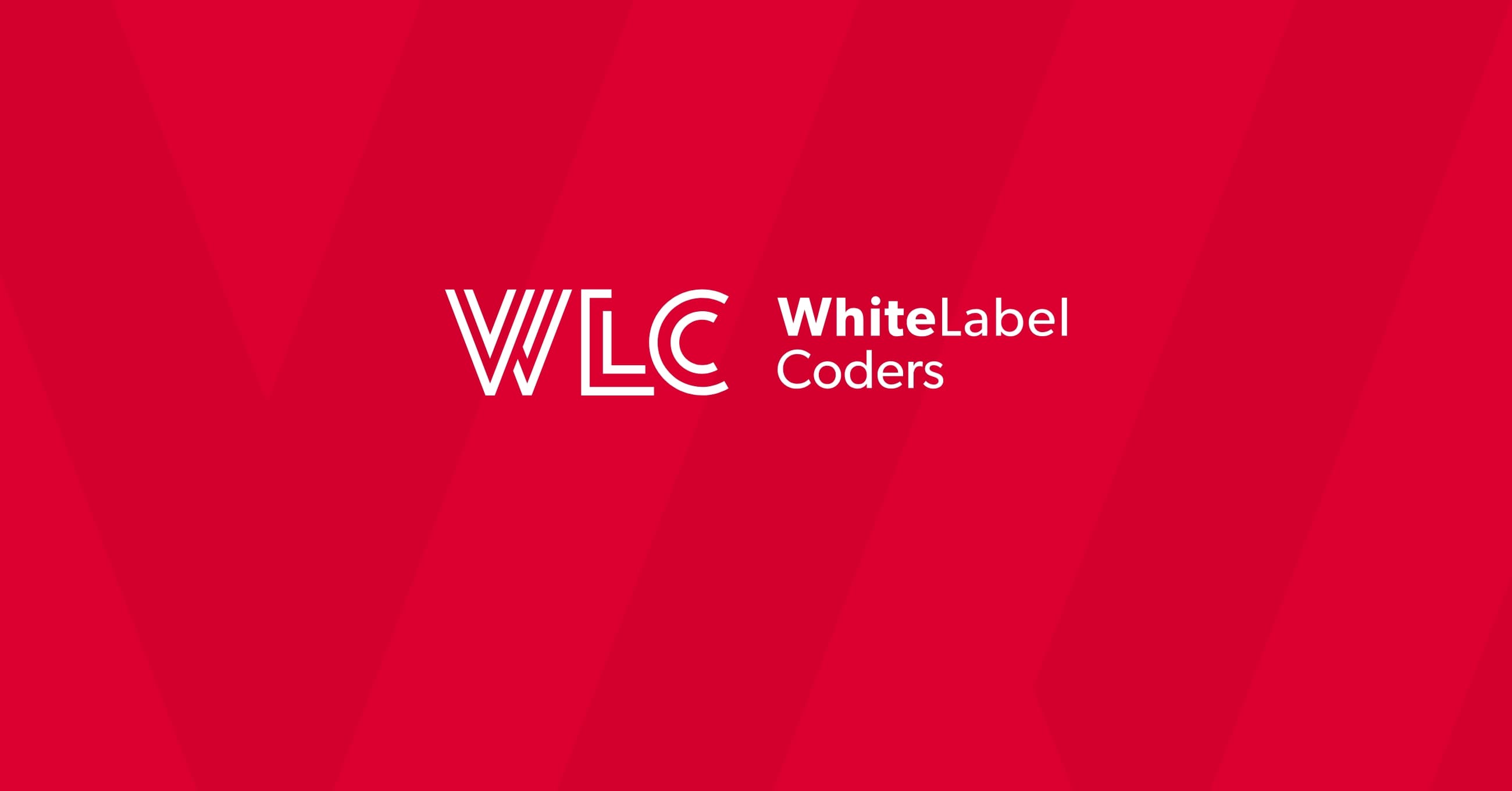Category: WooCommerce
Is WooCommerce an ERP system?

WooCommerce is not an ERP system by definition, though it shares some overlapping functionality. While WooCommerce excels as an e-commerce platform for WordPress with robust product, order, and customer management capabilities, it lacks the comprehensive business integration found in true ERP systems. However, WooCommerce can be extended through plugins and integrations to incorporate many ERP-like features such as advanced inventory management, accounting, and business process automation — making it a viable foundation for SMBs looking to build ERP-like functionality without investing in a full enterprise resource planning solution.
Understanding WooCommerce and ERP systems: The basics
WooCommerce and ERP systems serve fundamentally different primary purposes, though they can complement each other in a business technology ecosystem.
WooCommerce is a WordPress plugin designed specifically for e-commerce. It provides the essential tools to create and manage an online store, including product catalogues, shopping carts, payment processing, and order management. As a WooCommerce development platform, it excels at creating customer-facing shopping experiences that are highly customizable and user-friendly.
Enterprise Resource Planning (ERP) systems, on the other hand, are comprehensive business management solutions that integrate various departments and functions across a company. They typically include modules for accounting, human resources, inventory management, supply chain operations, manufacturing, and customer relationship management—all sharing a common database.
| Feature | WooCommerce | Traditional ERP |
|---|---|---|
| Primary Focus | E-commerce storefront | Integrated business operations |
| Typical Users | Online retailers, small-to-medium businesses | Medium-to-large enterprises |
| Core Functionality | Product management, order processing, payment gateways | Financial management, HR, manufacturing, supply chain |
| Implementation Complexity | Low to moderate | High |
| Cost | Low base cost, pay for plugins/extensions | High investment, often subscription-based |
While both systems manage business data, they approach it from different angles. WooCommerce focuses on the customer-facing sales channel, while ERPs focus on integrating internal business processes across departments.
Is WooCommerce considered an ERP system?
No, WooCommerce is not a true ERP system. It was built primarily as an e-commerce solution rather than a comprehensive business management platform.
WooCommerce lacks several critical ERP components out of the box, such as advanced financial management, human resources management, manufacturing process control, and the deep cross-departmental integration that defines true ERP systems. While WooCommerce excels at managing the customer-facing aspects of selling products online, it doesn’t provide the internal business process management capabilities that ERPs offer.
That said, the line can get blurry. For small businesses with simple needs, WooCommerce might handle enough business management tasks to serve as a lightweight alternative to a full ERP. It manages products, tracks inventory at a basic level, handles orders, and stores customer information—covering several operational needs for simple retail businesses.
The distinction becomes more important as businesses grow. While a small shop might manage with WooCommerce alone, larger operations typically need either substantial customization and plugin extensions or integration with a dedicated ERP system to handle complex business processes efficiently.
What ERP features does WooCommerce offer out of the box?
While not designed as an ERP, WooCommerce does include several business management features that overlap with typical ERP functionality.
The core WooCommerce plugin provides basic inventory management capabilities. You can track stock levels, set low-stock alerts, and mark products as in or out of stock. This functionality is sufficient for businesses with modest inventory needs but lacks the depth of a true ERP inventory system.
WooCommerce also includes fundamental order processing tools, allowing businesses to manage orders from receipt through fulfillment. The system can track order status, generate invoices, and manage customer communications related to orders.
Customer management is another area where WooCommerce offers basic ERP-like functionality. The platform stores customer information, purchase history, and contact details, enabling a degree of customer relationship management.
Basic reporting is included as well, with sales reports, product performance metrics, and customer statistics available through the dashboard. These reports provide insight into business performance but aren’t as comprehensive as ERP analytics tools.
For many small to medium businesses, these built-in features may be sufficient for basic operations. However, as WooCommerce development specialists often point out, growing businesses typically require more robust solutions—either through extensions or dedicated ERP integration.
How can WooCommerce be integrated with existing ERP systems?
For businesses that require both WooCommerce’s excellent e-commerce capabilities and the comprehensive business management of an ERP system, integration between the two platforms offers the best of both worlds.
There are several approaches to WooCommerce-ERP integration:
API-based integration is the most flexible method, where custom code connects WooCommerce’s API with the ERP system’s API. This approach allows for tailored data exchange between the systems but requires development expertise to implement and maintain.
Dedicated integration plugins provide pre-built connections between WooCommerce and popular ERP systems. These solutions offer easier setup but may have limitations in customization compared to custom API integration.
Middleware solutions serve as intermediaries between WooCommerce and ERP systems, handling data synchronization and transformation. These platforms can be particularly useful when connecting to legacy ERP systems or when integrating multiple business systems.
Some common data points synchronized between WooCommerce and ERP systems include:
- Product information (pricing, descriptions, attributes)
- Inventory levels
- Customer data
- Order information
- Shipping and fulfillment details
- Financial transactions
A well-executed integration ensures that data flows seamlessly between your online store and back-office systems, eliminating manual data entry and reducing errors. Professional WooCommerce development services can help design and implement these integrations, ensuring they meet your specific business requirements.
What plugins can extend WooCommerce’s ERP capabilities?
The WooCommerce ecosystem includes numerous plugins that can significantly enhance its business management capabilities, bringing it closer to ERP functionality without requiring a separate system.
| ERP Function | Notable WooCommerce Plugins | Key Features |
|---|---|---|
| Advanced Inventory | TradeGecko, ATUM Inventory, WooCommerce Stock Manager | Multi-warehouse management, batch tracking, automated reordering |
| Accounting | WooCommerce QuickBooks, Xero for WooCommerce, WooCommerce Sage | Automated financial data synchronization, invoice generation, tax management |
| CRM | HubSpot CRM, Salesforce Integration, Jetpack CRM | Enhanced customer profiles, sales pipeline, communication tracking |
| Order Management | WooCommerce Order Manager, Booster for WooCommerce | Advanced order workflows, bulk processing, custom statuses |
| Reporting & Analytics | Advanced Reports for WooCommerce, Metorik | Custom reports, business intelligence, forecasting |
Accounting extensions are particularly valuable for bridging the gap between WooCommerce and ERP functionality. Plugins that connect to QuickBooks, Xero, or other accounting software ensure your financial data stays synchronized, eliminating the need for manual data entry and reducing errors.
For businesses with complex inventory needs, advanced inventory management plugins provide features like multi-location stock tracking, bundle product management, and automated purchase orders. These extensions dramatically improve WooCommerce’s native inventory capabilities.
Customer relationship management plugins enhance WooCommerce’s ability to track customer interactions, manage follow-ups, and analyze customer behavior—bringing it closer to the CRM capabilities found in comprehensive ERP systems.
When selecting plugins to extend WooCommerce’s ERP capabilities, consider how they’ll work together as an integrated system. The goal is to create a cohesive business management solution rather than a collection of disconnected tools.
Key takeaways: Making WooCommerce work as your business management solution
Whether WooCommerce can serve your business management needs depends largely on your company’s size, complexity, and specific requirements.
For small to medium-sized businesses with straightforward operations, WooCommerce with strategic plugin extensions may provide sufficient business management capabilities without the need for a separate ERP system. This approach offers cost advantages and simplified IT infrastructure while still delivering essential functionality.
Growing businesses often benefit from a hybrid approach, using WooCommerce for e-commerce operations while integrating with lightweight ERP solutions for broader business management. This combination leverages WooCommerce’s excellent customer-facing capabilities while gaining more robust back-office functionality.
Larger enterprises with complex operations typically need both WooCommerce and a full-featured ERP system, connected through careful integration. This arrangement provides the specialized capabilities of each system while maintaining data consistency across the business.
When considering your approach, evaluate these factors:
- Business complexity: How many departments need to share data?
- Transaction volume: Can WooCommerce handle your current and projected sales?
- Reporting needs: Do you require advanced business analytics?
- Integration requirements: What other systems need to connect to your e-commerce platform?
- Budget constraints: What’s the total cost of ownership for different solutions?
Remember that a successful implementation requires expertise in both WooCommerce and business process design. Working with experienced professionals who understand both e-commerce and ERP principles will help ensure your solution meets your business needs effectively.
While WooCommerce itself is not an ERP system, with the right extensions, integrations, and implementation approach, it can be a valuable component in a comprehensive business management solution tailored to your specific requirements.

